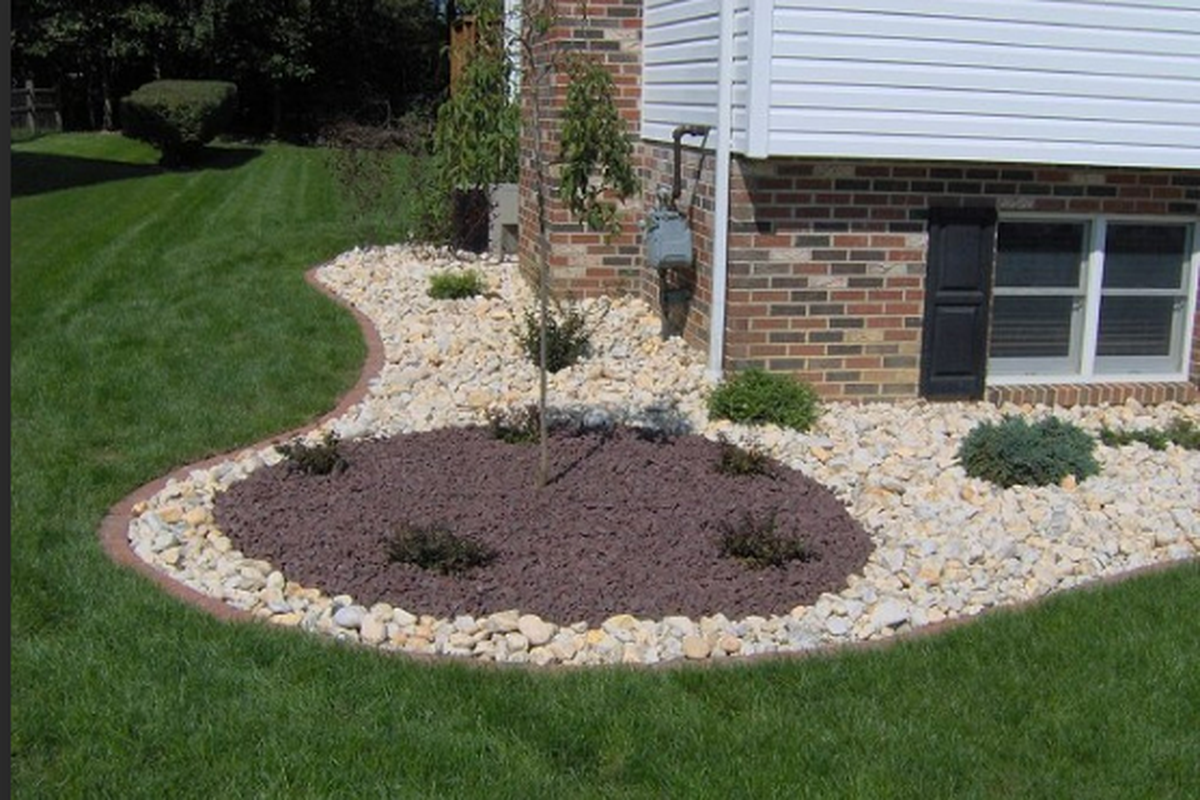Gardening: Wise landscaping choices can protect home and property from fire

Last week’s opening of the Federal Emergency Management Agency’s help centers for victims of the Gray and Oregon Road fires should be a reminder to all of us that fire season is just around the corner.
With spring garden cleanup getting underway, it’s the perfect time to do some pruning and landscape alterations that will make your home more fire resistant. I say resistant here deliberately because there is no such thing as a fireproof landscape.
To help with this effort, the Spokane Conservation District is hosting an in-person workshop that will help you evaluate your landscape for wildfire hazards and design a landscape that is both attractive and fire resistant.
Ben Peterson of the conservation district and I will discuss how to evaluate your property for wildfire hazards, how to creatively incorporate hardscaping, choose cost-effective materials, select fire resistant plants for different wildfire protection zones, prune to meet Firewise standards and plan garden maintenance for a stunning landscape that is beautiful and safe. There will be discussions of assistance and cost share programs that are available to homeowners to get the work done. The workshop will be Saturday, 9 a.m. to noon at the Spokane Conservation District’s office, 4422 E. Eighth Avenue . Cost of the workshop is $30 with registration at spokanecd.org/collections/tree-sale/products/landscaping-a-firewise-home-in-person-workshop.
A fire-resistant landscape can be broken out into three zones around a house. The first extends out to 5 feet from the foundation and any extensions like decks or sheds. The second extends from 5 to 30 feet and the last from 30 to 100 feet.
The first zone should be clear of anything that could easily catch fire. This includes bark or wood mulches, conifers, ornamental grasses, plants that are twiggy or generate a lot of leaf and twig littler, deposits of windblown needles and trees that overhang the roof. Gutters and roofs should be cleared of pine needles and leaves every spring. Materials stored under decks or against siding need to be removed. Flammable mulches need to be replaced with hardscape or gravel. Smaller-sized gravel is better than cobbles because it’s easier to rake debris out of the gravel when doing spring cleanup.
The second zone should be free of clusters of dense shrubs and conifers. Trees should be limbed up to at least 12 feet or higher if there are underplanted shrubs and spaced so their canopy edges are at least 12 feet from each other.
In the third zone, trees can be clustered but limbed up to prevent a ground fire from climbing into the crown of the trees. Lower growing evergreens can be added back into the landscape if they are kept clear of debris. In all zones, a well-maintained and watered lawn can serve as a buffer to fire.
I will be discussing the characteristics of easily obtained fire-resistant plants that can be substituted for more flammable ones and maintenance tips to easily keep a landscape in shape. With a little planning, a fire-resistant landscape can be beautiful.